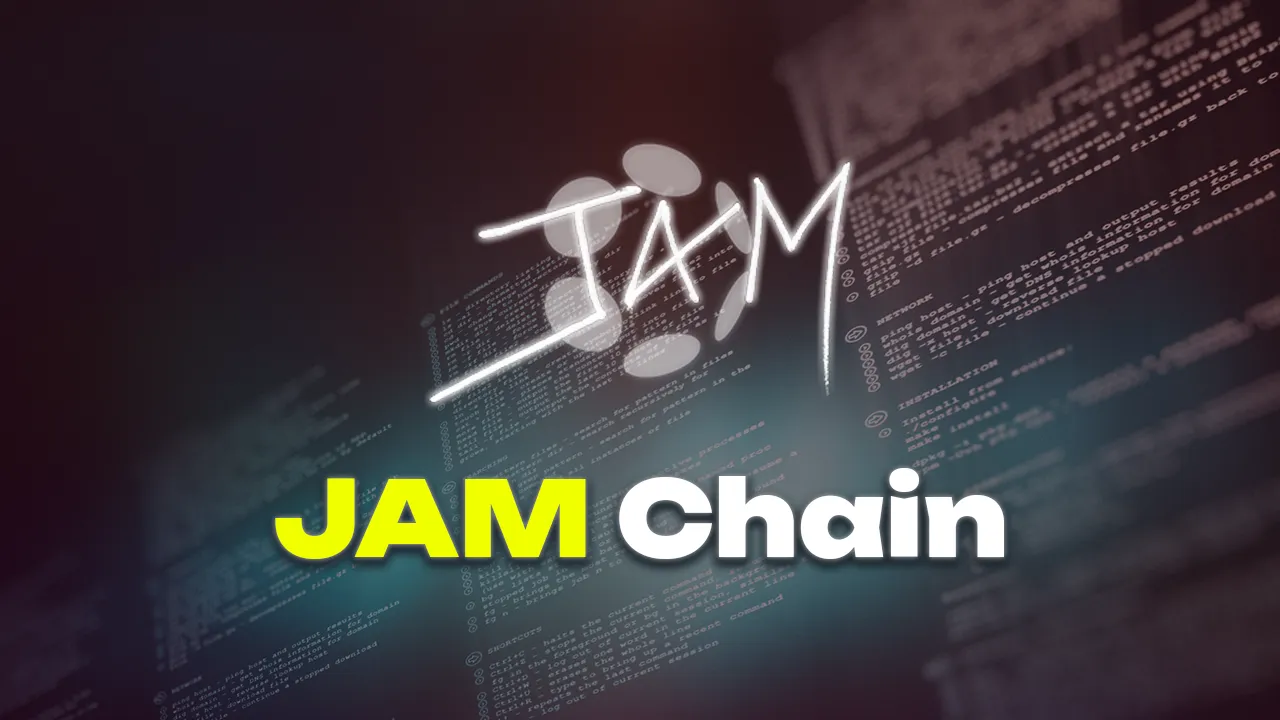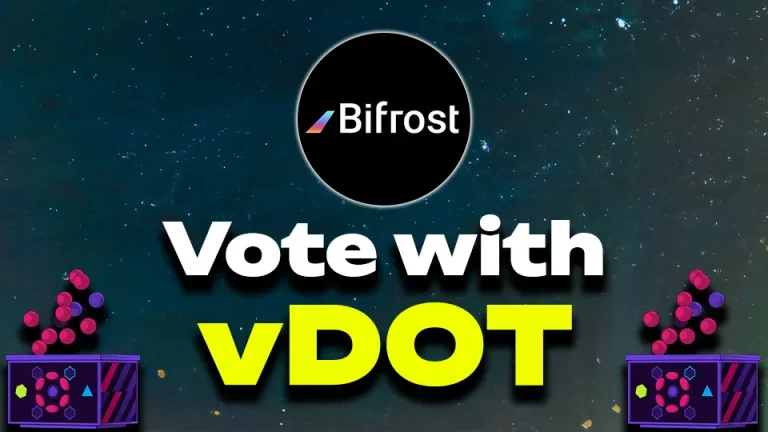As the blockchain industry continues to mature, scalability remains one of the most significant challenges, with various solutions like sharding, rollups, and sidechains being explored. However, Polkadot’s innovative approach to blockchain scalability, through the introduction of the Join-Accumulate Machine (JAM), presents a groundbreaking shift in how we envision and implement scalable solutions. Polkadot JAM Chain represents a quantum leap in the blockchain landscape, offering unparalleled scalability and flexibility that could redefine the future of decentralized applications.
Understanding JAM Blockchain Model
JAM, or Join-Accumulate Machine, is not just another scalability solution; it is a reimagined blockchain architecture that aims to address the inherent limitations of existing models. JAM’s core design philosophy is rooted in the principle of minimizing opinionation while maximizing generalization, allowing it to serve as a more versatile and efficient platform for decentralized applications.
What Makes JAM Different?
At its core, JAM is designed to succeed the Polkadot Relay Chain, offering a more generalized and less opinionated approach to blockchain consensus and computation. Unlike traditional blockchains, where transactions are the primary mechanism for state changes, JAM introduces a transactionless model where all actions are permissionless and processed through a two-stage mechanism: Refine and Accumulate. This model is distinct in several ways:
- Domain-Specific Chain: JAM is a domain-specific chain optimized for handling rollups and integrating computation outputs from various sources into a shared state. This focus allows JAM to excel in tasks that require high levels of computation and state management.
- Service-Based Architecture: Unlike traditional blockchains that are heavily opinionated in their structure and functionality, JAM operates as a distributed computer, running services that encapsulate state, code, and balance. These services, akin to smart contracts, can be permissionlessly deployed, allowing for a high degree of flexibility in application development.
- Transactionless Operation: JAM’s transactionless nature sets it apart from most blockchain networks. Instead of relying on transactions to trigger state changes, JAM processes work packages that are refined into work reports before being integrated into the chain’s state. This approach reduces the overhead associated with transaction processing and opens up new possibilities for scalability.
JAM’s Scalable Architecture: Refine and Accumulate
The JAM chain processes data through two key functions: Refine and Accumulate. These functions are central to its scalable architecture, allowing for efficient data processing and state management.
- Refine Function: The Refine function is responsible for processing input data into work results. It is a mostly stateless computation that can handle large volumes of data (up to 15 MB per time slot), though it compacts the output significantly to maintain efficiency. This function is designed to operate within a fixed time frame (6 seconds), ensuring that the system remains performant even under heavy load.
- Accumulate Function: The Accumulate function takes the refined output and integrates it into the chain’s state. This stateful function allows for more complex operations, such as reading and writing to the chain’s key-value store, transferring funds, and managing services. The ability to execute these operations in parallel further enhances JAM’s scalability.
Comparison of JAM with Other Blockchain Scaling Solutions
JAM’s innovative approach to blockchain scalability stands in contrast to other popular solutions, such as sharding, rollups, and sidechains. Each of these methods has its strengths and weaknesses, but JAM’s unique architecture offers several advantages:
- Sharding: While sharding is a widely adopted method for scaling blockchains by dividing the network into smaller, parallelizable units (shards), it introduces complexity in cross-shard communication and state consistency. JAM, on the other hand, simplifies this process by operating as a domain-specific chain that seamlessly integrates outputs from various sources without the need for complex cross-shard communication protocols.
- Rollups: Rollups have gained popularity as a Layer 2 scaling solution that processes transactions off-chain and submits the results on-chain. However, rollups still rely on the underlying blockchain for security and finality, which can create bottlenecks. JAM’s design effectively turns the entire chain into a rollup-specific platform, where the refinement and accumulation of data happen directly within the chain, reducing reliance on external systems and enhancing overall scalability.
- Sidechains: Sidechains allow for the offloading of transactions to a separate chain, which is then periodically anchored to the main chain. While this approach can improve scalability, it introduces potential security risks and requires complex bridging mechanisms. JAM eliminates these challenges by consolidating multiple smaller changes into a single upgrade, minimizing the impact of breaking changes and simplifying the overall architecture.
Long-Term Impact of JAM on the Blockchain Industry
The introduction of JAM has far-reaching implications for the future of blockchain technology. By addressing key scalability challenges while maintaining a high degree of flexibility and security, JAM is poised to become a foundational technology for next-generation decentralized applications.
1. Enhanced Developer Flexibility
One of the most significant advantages of JAM is the flexibility it offers to developers. With its service-based architecture, developers can create and deploy services without needing to navigate the complexities of traditional blockchain governance mechanisms. This permissionless environment encourages innovation and allows for rapid iteration and deployment of decentralized applications.
2. Improved Security and Integrity
JAM’s transactionless model, coupled with its two-stage processing mechanism, enhances the security and integrity of the blockchain. By requiring validators to collectively attest to the validity of work results, JAM ensures that only accurate and reliable data is integrated into the chain’s state. This model reduces the risk of malicious attacks and improves the overall robustness of the network.
3. Cost-Effective Scalability
JAM’s design is inherently more scalable and cost-effective than traditional blockchain architectures. By optimizing the use of resources through its refine and accumulate functions, JAM can handle large volumes of data and computation without incurring the high costs associated with Layer 2 solutions or complex sharding mechanisms. This efficiency makes JAM an attractive option for enterprises and developers looking to build scalable decentralized applications.
4. Future-Proofing Blockchain Technology
As blockchain technology continues to evolve, the need for scalable and flexible solutions becomes increasingly critical. JAM’s generalization and reduction in opinionation provide a future-proof platform that can adapt to emerging technologies and use cases. Its ability to integrate new services and functionalities without requiring significant changes to the core architecture ensures that JAM will remain relevant and effective in the long term.
Conclusion: JAM as the Future of Blockchain Scalability
JAM represents a significant advancement in blockchain scalability, offering a unique and innovative approach that addresses many of the limitations of existing solutions. By combining a transactionless model with a flexible, service-based architecture, JAM provides a scalable, secure, and cost-effective platform for the next generation of decentralized applications.
As the blockchain industry continues to grow and evolve, JAM is poised to play a central role in shaping the future of decentralized technology. Its groundbreaking approach to scalability and flexibility makes it a strong contender for becoming the standard for blockchain networks, offering unparalleled opportunities for innovation and growth.
For developers, enterprises, and blockchain enthusiasts, JAM is not just another scaling solution—it is the next big thing in blockchain scalability, paving the way for a more efficient and versatile decentralized future.








